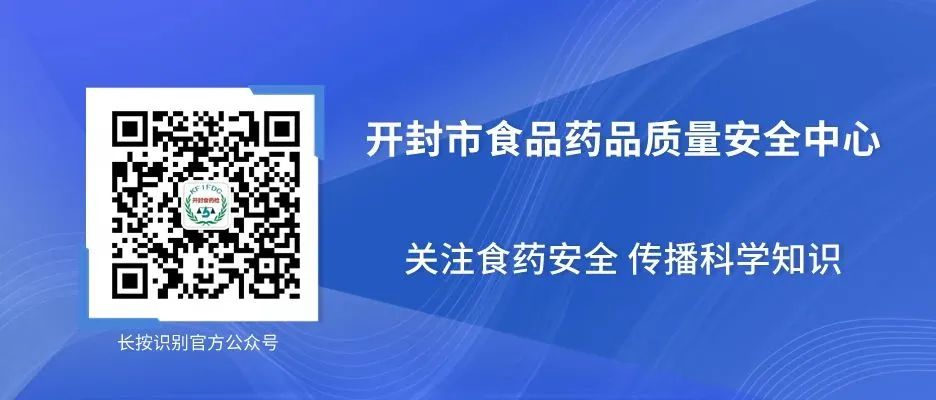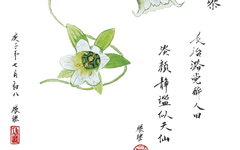
Dang Shen (Codonopsis pilosula) is a well-known medicinal herb that is widely used in clinical practice, particularly for tonifying the spleen and stomach qi. It is also commonly used in daily dishes, not only for its rich nutritional value but also for its ability to nourish the body and prevent and treat diseases, making it highly favored by people.
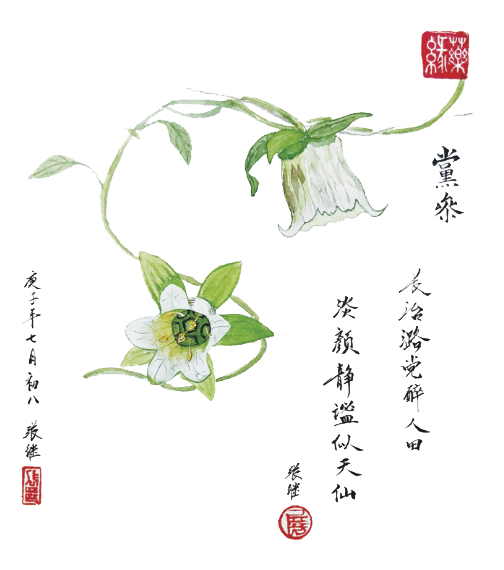
1
Exploring Historical Legends
The Rise of Dang Shen
As early as the Southern Dynasties of Qi and Liang, Tao Hongjing mentioned in the “Compendium of Materia Medica” that the herb from Shangdang County, described as “long and yellow, resembling Fang Feng (Saposhnikovia divaricata), moist and sweet,” likely refers to Dang Shen. However, it was not until the Qing Dynasty that Dang Shen was clearly recognized as a distinct herb. Wu Yiluo first mentioned the name Dang Shen in the “New Compendium of Materia Medica” during the Qing Dynasty.
2
Understanding Modern Developments
Identifying Authentic Dang Shen
According to botanical classification, the family of plants in the Codonopsis genus are perennial herbs, with over 40 species worldwide, 39 of which are found in China, widely distributed across the country. Most Codonopsis species have medicinal value.
The 1963 edition of the “Chinese Pharmacopoeia” designated the original plant of Dang Shen as Codonopsis pilosula (Franch.) Nannf., while the 1990 edition added Codonopsis pilosula Nannf. var. modesta (Nannf.) L.T.Shen and Codonopsis tangshen Oliv. as original plants.
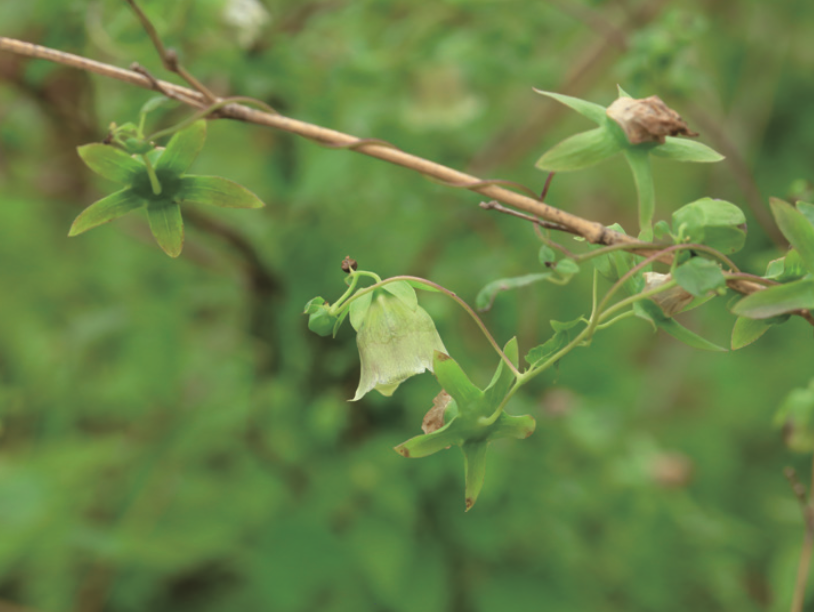
Original plant of Dang Shen
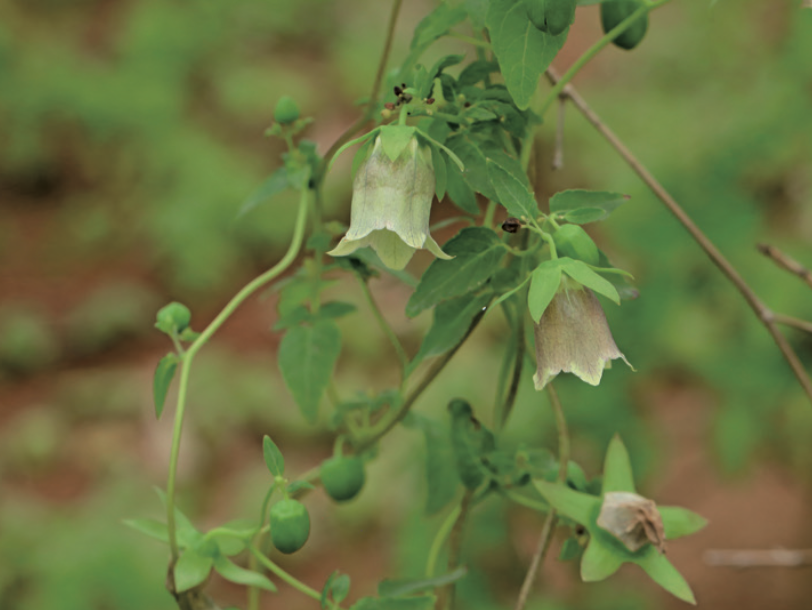
Original plant of Suo Hua Dang Shen (Codonopsis pilosula var. modesta)
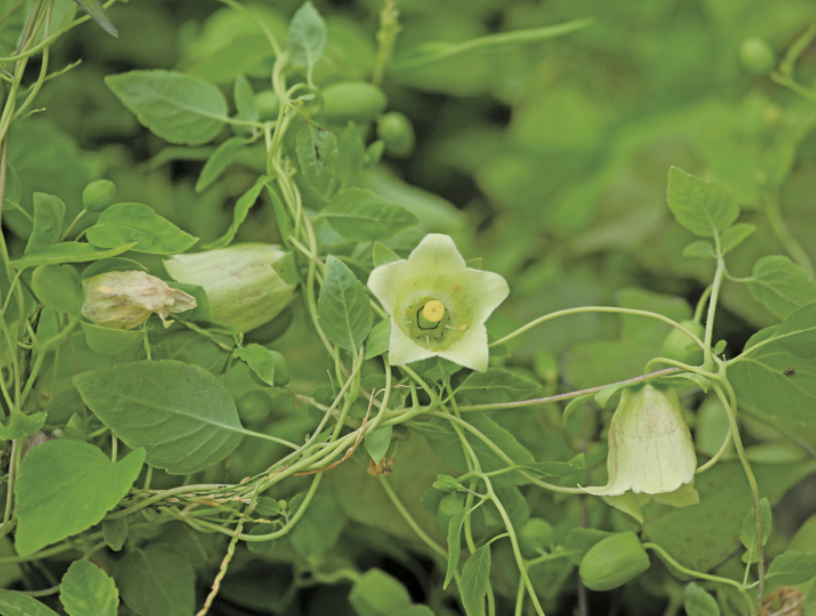
Original plant of Chuan Dang Shen (Codonopsis tangshen)
Where to Find Authentic Dang Shen
Dang Shen is resistant to cold and drought, with strong adaptability and a wide distribution area, cultivated in many regions across the country, leading to significant quality differences. Depending on the origin and source, Dang Shen is categorized into various types such as Lu Dang, Xi Dang, Dong Dang, and Tiao Dang.
Lu Dang: Named after its primary production area in ancient Lu Prefecture (Shangdang), it is a well-known authentic medicinal material with over 200 years of cultivation history, now mostly cultivated.
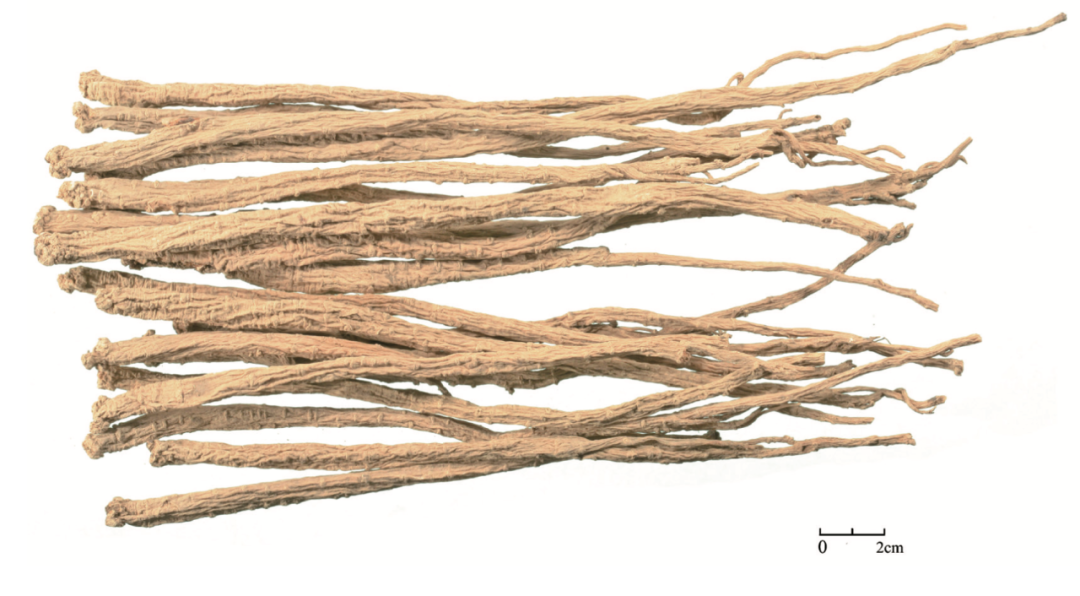
Lu Dang
Suo Hua Dang Shen (Codonopsis pilosula var. modesta) is also known as Xi Dang: produced in Gansu, Shaanxi, and the northwest of Sichuan, with original plants being Dang Shen and Suo Hua Dang Shen, further categorized by origin into Min Dang, Wen Dang (Jing Dang), and Feng Dang. Min Dang refers to Dang Shen produced in Min County, Gansu; Wen Dang, also known as Jing Dang, is primarily produced in Wenchuan County, Gansu, and Pingwu County, Sichuan, with a long cultivation history dating back to the Qing Dynasty, recognized as one of Gansu’s four famous medicines and a national geographical indication product of China; Feng Dang is produced in Feng County, Shaanxi.
Dong Dang: Also known as Jilin Dang, primarily produced in Northeast China, with original plants being Dang Shen, resembling Xi Dang but slightly smaller.
Tiao Dang: Also known as Chuan Dang, Dan Zhi Dang, Ban Qiao Dang, and Ba Xian Dang, primarily produced in the border areas of Sichuan, Hubei, and Shaanxi, with original plants being Chuan Dang Shen. Among them, Ban Qiao Dang is particularly famous, originally produced in Enshi City, Banqiao Town, recognized as a national geographical indication product of China, with a long history of cultivation dating back to the Qing Dynasty.
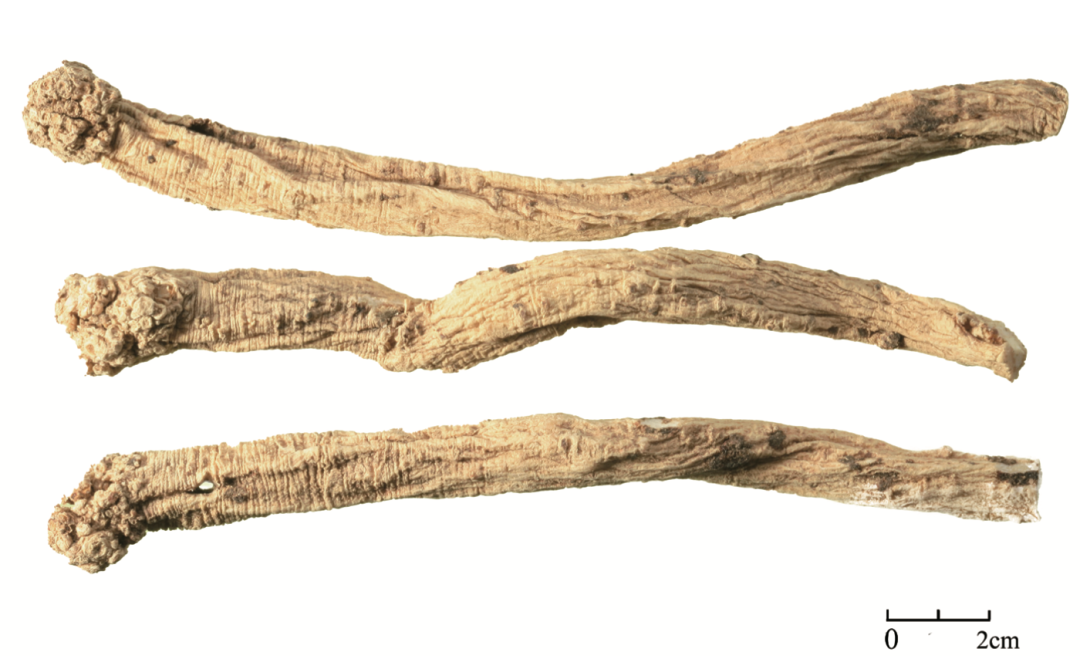
Suo Hua Dang Shen
Ming Dang Shen is not Dang Shen
The classification of Dang Shen is complex, with many names, but fortunately, most contain the term “Dang Shen,” allowing for easy identification of its essence. However, there is one exception: Ming Dang Shen, which, despite bearing the name Dang Shen, has no relation to it.
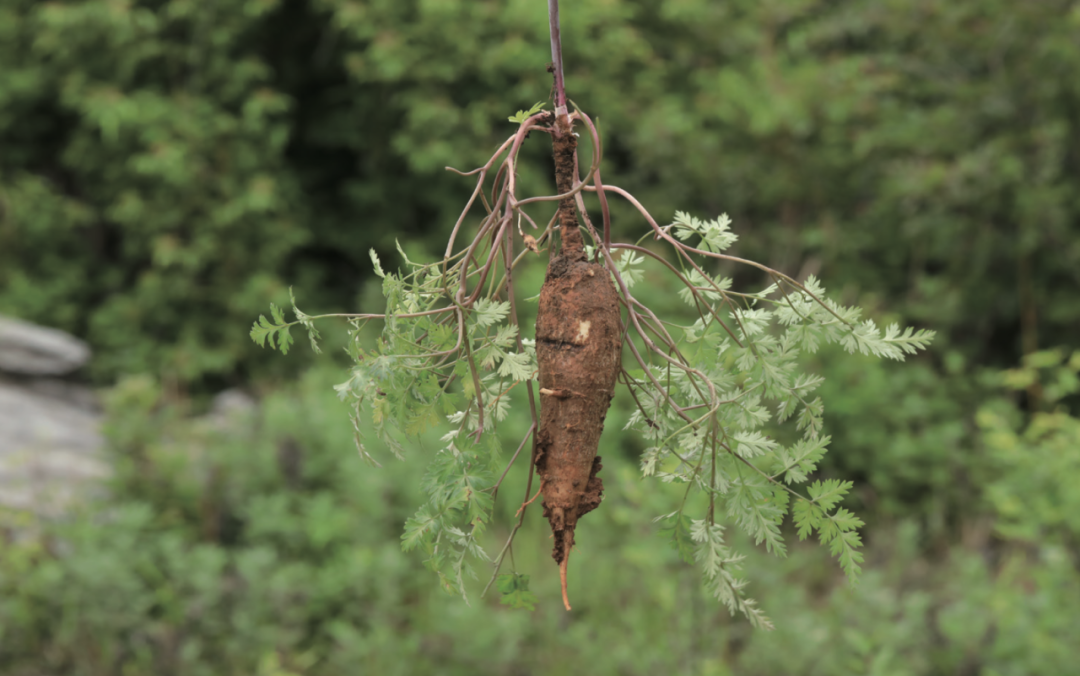
Original plant of Ming Dang Shen
Dang Shen belongs to the Campanulaceae family, while Ming Dang Shen belongs to the Apiaceae family, indicating a very distant botanical relationship. However, Ming Dang Shen is also a traditional medicinal material, known for its effects of moistening the lungs, resolving phlegm, harmonizing the stomach, nourishing yin, calming the liver, and detoxifying. It can be used for symptoms such as lung heat cough, vomiting, and reverse stomach qi. In modern clinical practice, it is commonly used to treat colds, bronchitis, anemia, and gastric weakness with vomiting. Due to the significant differences in plant sources and effects between Ming Dang Shen and Dang Shen, they should not be used interchangeably. Unlike Dang Shen, Ming Dang Shen is often peeled, smooth, and brittle, with a cross-section resembling a horn-like texture, making it important to distinguish between the two.
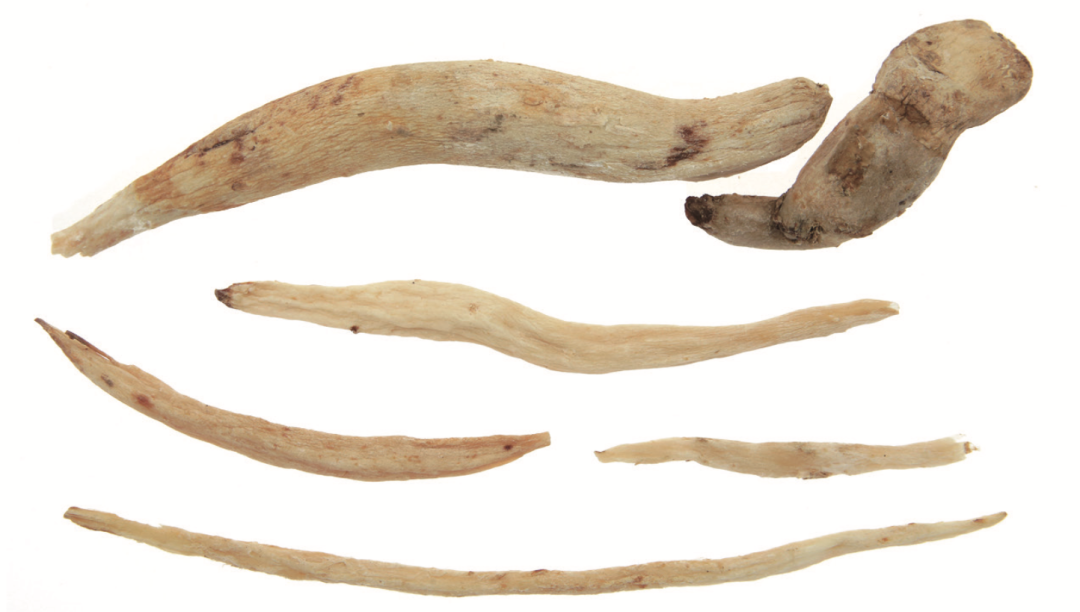
Ming Dang Shen
3
Distinguishing Authenticity and Quality
What are the Differences Among Various Dang Shen?
Dang Shen typically appears as a yellow-brown, slightly curved, long cylindrical shape, with many wart-like protrusions (stem scars and buds) at the root, each topped with a depressed round point, resembling the head of a stone lion, commonly referred to as “Lion’s Head”. Due to drying and shrinkage, the entire root has longitudinal wrinkles; the lower part of the root has transverse ring patterns, with a soft texture and slight elasticity; the cross-section has radial patterns resembling an open chrysanthemum, commonly referred to as “Chrysanthemum Heart”; the skin is light-colored, while the wood part is dark, with a distinctive aroma and a slightly sweet taste.
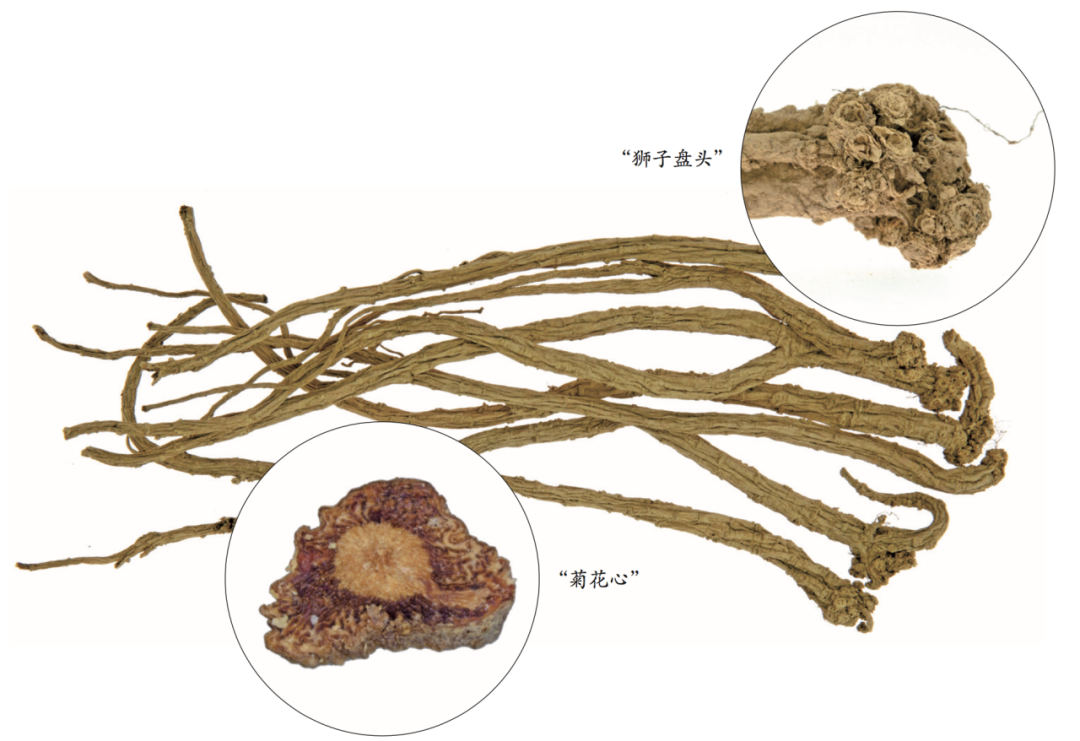
Characteristics of Dang Shen
4
Tasting the Flavors of Life
Supplementing Qi as a Substitute for Ginseng
The most prominent effect of Dang Shen is its ability to tonify qi, commonly used for symptoms of spleen deficiency, fatigue, insufficient middle qi, or lung qi deficiency, low voice, and shortness of breath, as well as for conditions of both lung and kidney deficiency, shortness of breath, and cough. Additionally, Dang Shen can benefit the spleen and stomach, transform essence, and generate yin blood, used for treating both qi and blood deficiency.
Modern research has proven that Dang Shen enhances immune function, improves gastrointestinal function, enhances lung function, lowers blood sugar, regulates blood lipids, delays aging, and improves memory.
Medicinal Use Must Be Symptomatic
While Dang Shen is primarily used for tonification, certain populations should avoid close contact with it, such as those with blood stasis syndrome, damp-heat syndrome, arteriosclerosis, insomnia, stones, gastric diseases, hypertension, and those with colds and fevers.
Excessive duration or dosage of use may lead to adverse reactions such as insomnia, depression, headaches, palpitations, and elevated blood pressure due to excessive qi tonification.
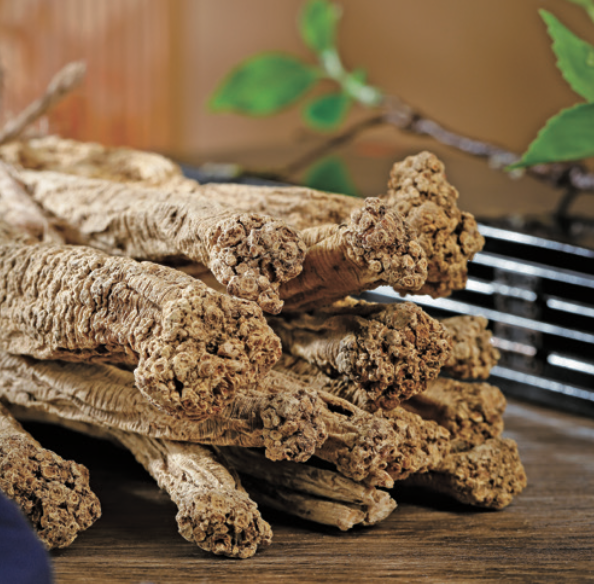
Dang Shen
Source: National Pharmacopoeia Commission (This article is published by the “Kaifeng Food and Drug Quality Safety Center” WeChat public account for the purpose of disseminating more information. If there are any errors in source attribution or infringement of your legal rights, please contact us promptly, and we will correct, delete, or handle it according to the law.)
